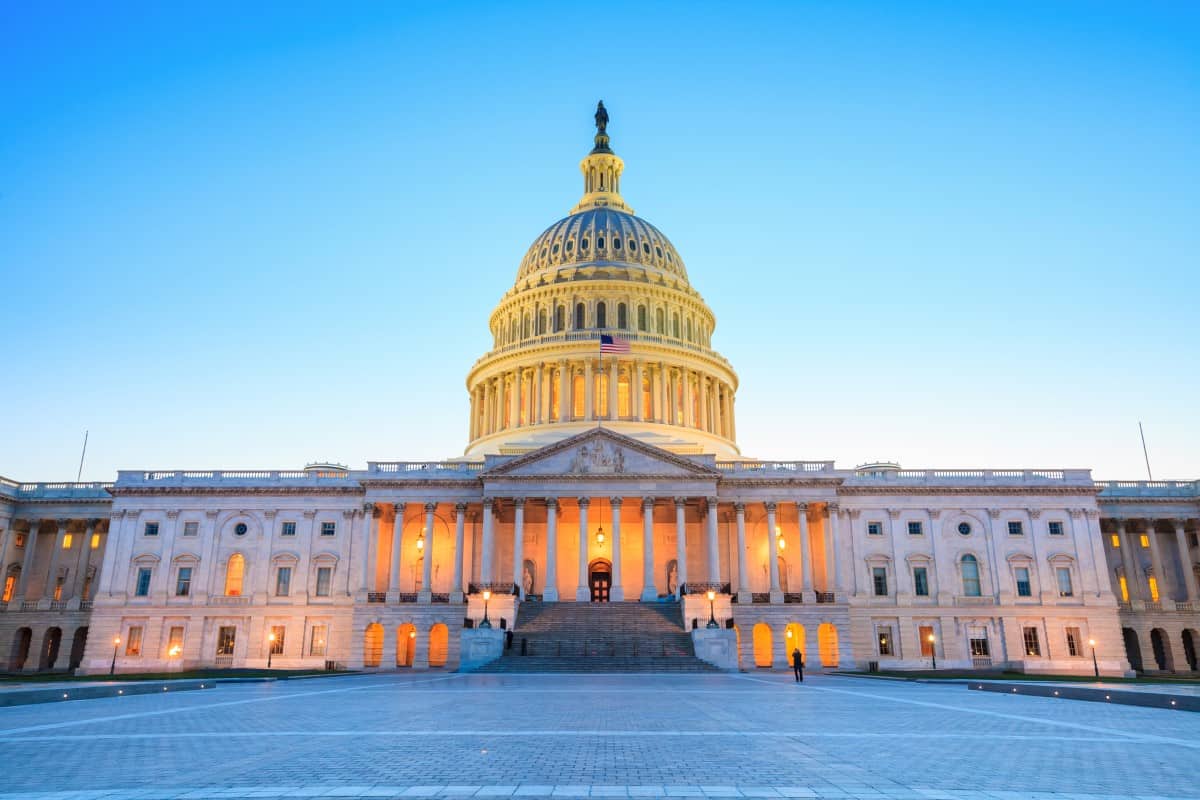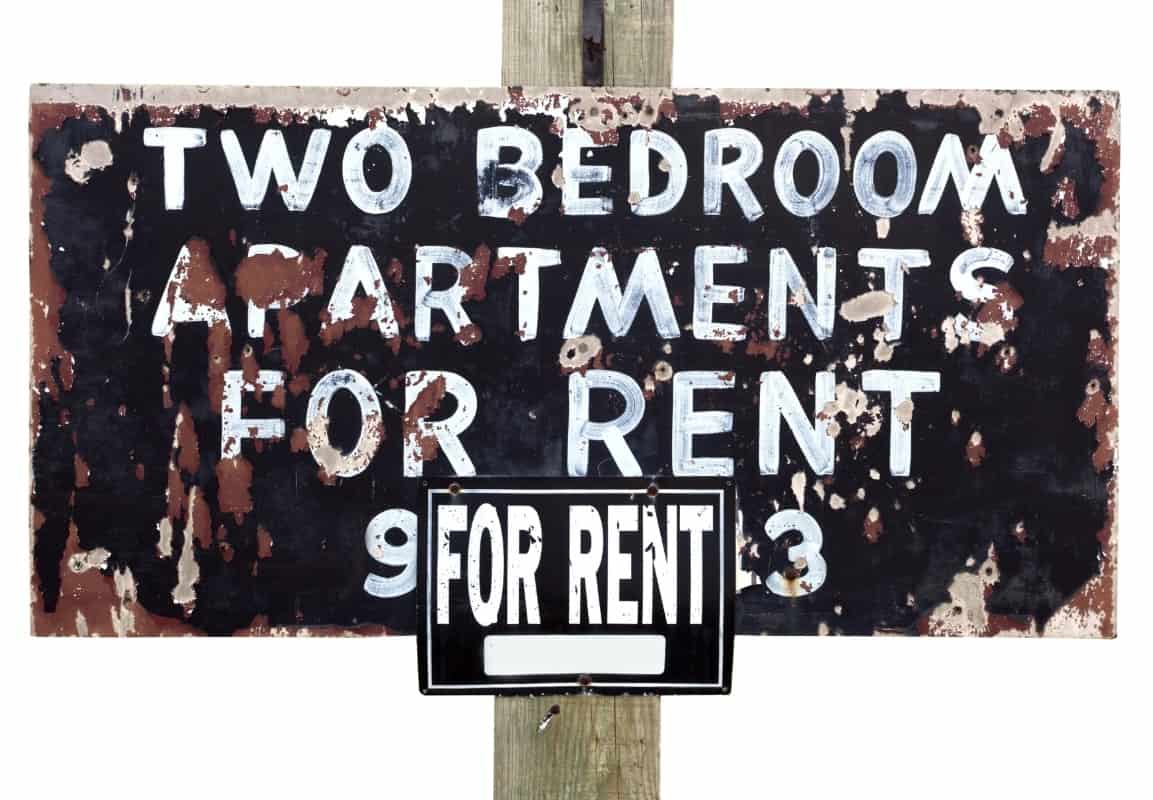Within the fourth quarter of 2023, actual property traders secured a whopping 26.1% of reasonably priced properties bought within the U.S as per a Redfin report. This determine, a document excessive, marks a big surge from the earlier yr’s 24%. Buyers additionally acquired 13.6% of mid-priced properties (a slight lower from 14.3% a yr earlier) and 15.9% of high-priced properties (a slight improve from 15.4% a yr earlier).
Why Are Buyers Snapping Up Reasonably priced Properties?

The attraction of reasonably priced properties for traders is comprehensible. Like different homebuyers, they’re enticed by the decrease price, particularly within the face of skyrocketing residence costs and borrowing bills. Nevertheless, this pattern is worsening the already strained housing affordability, because the lower cost tier, which ought to be inside attain for potential householders, is being snatched up by traders, leaving fewer alternatives for these aspiring to construct fairness.
Notably, within the fourth quarter, low-priced properties made up a big 46.5% of all investor purchases (down barely from 47.2% a yr earlier), mid-priced properties accounted for twenty-four.6% (down from 26.4% a yr earlier), and high-priced properties represented 28.8% (up from 26.5% a yr earlier). This shift in direction of low-priced properties underscores the rising enchantment of those properties for traders. This pattern additional drives up their costs and reduces their availability for potential householders.
Buyers Are Not As Delicate to Excessive Charges As Householders

Most causes contributing to the decline in investor purchases mirror the elements influencing common homebuyers to step again. Nevertheless, particular person homebuyers confirmed a barely faster withdrawal than traders within the fourth quarter, doubtlessly on account of a spike in mortgage charges to their highest degree in 23 years in October (though they’ve marginally decreased since then), resulting in a surge in month-to-month mortgage funds for homebuyers.
Buyers exhibit much less sensitivity to mortgage charge fluctuations than common patrons, primarily as a result of many make money funds. Nonetheless, traders nonetheless show some sensitivity, as they steadily resort to numerous loans to cowl bills associated to residence flipping and different actions.
Total, Investor Purchases Dropped within the Fourth Quarter of 2023

Though traders snatched up a bigger variety of reasonably priced housing items, the whole variety of properties bought by traders (low, mid, and excessive priced) dropped.
Within the fourth quarter, investor acquisitions of U.S. properties skilled a year-over-year drop of 10.5%, totaling 46,419—marking the bottom fourth-quarter determine since 2016. Concurrently, total U.S. residence purchases recorded a barely extra vital decline, reducing by 12.2% to 251,462—the bottom fourth-quarter degree since 2012. The decline in investor residence purchases will be attributed to elements like excessive rates of interest, escalated residence costs, and a sluggish rental market, diminishing the profitability of actual property investments. Some traders have turned their funds into various investments with enticing returns and decrease danger, corresponding to Treasury bonds.
Buyers Acquired Shut to twenty% of Properties Bought within the Fourth Quarter

Within the fourth quarter, traders acquired 18.5% of U.S. properties bought, barely growing from the 18.1% recorded a yr earlier. Their marginal market share rise is attributed to their slower retreat than particular person patrons.
Single-family properties constituted over 68% of investor acquisitions. Within the fourth quarter, single-family properties constituted greater than two-thirds of investor acquisitions, accounting for 68.6% (in comparison with 68.8% a yr earlier). Condos and co-ops comprised the second-largest share at 19.2% (in comparison with 17.9% a yr earlier), adopted by townhouses at 7.1% (in comparison with 8% a yr earlier) and multifamily properties at 5.1% (in comparison with 5.3% a yr earlier).
For people beginning a household, single-family properties (SFH) are very best starter properties for constructing a basis of economic stability and web value. SFHs typically supply spacious layouts, offering ample room for a rising household. The sense of possession and management over the property permits householders to create a secure and nurturing setting for his or her youngsters. Furthermore, the potential for property appreciation over time serves as a precious asset for wealth accumulation, as the house can respect in worth, contributing to long-term monetary safety and the power to spend money on bigger properties or different belongings because the household’s wants evolve. Selecting a single-family residence as a starter residence is a sensible resolution for household life and a strategic step towards constructing lasting monetary prosperity.
Congress Passing Legal guidelines

There’s nonetheless uncertainty concerning the extent of traders’ impression on the housing market. Considerations persist that traders might negatively have an effect on peculiar homebuyers by inflating prices and worsening the scarcity of properties out there on the market. In response to those considerations, some lawmakers are pushing for restrictions on tax advantages for giant company traders engaged in residence purchases.
Democratic lawmakers in each chambers of Congress proposed laws aimed toward stopping hedge funds from buying and holding single-family properties throughout the US.
This laws mandates that hedge funds, which embody firms, partnerships, or actual property funding trusts pooling investments from a number of contributors, promote their single-family residence holdings inside a 10-year timeframe. The invoice additionally seeks to in the end bar these entities from proudly owning single-family residences. To implement this transition, the proposal introduces extreme tax penalties in the course of this phase-out, desiring to allocate these funds in direction of down-payment help for these shopping for properties from these company entities.
The proposed regulation, the Finish Hedge Fund Management of American Properties Act of 2023, can considerably disrupt a burgeoning actual property market phase and make extra single-family properties out there to particular person patrons.
“You’ve gotten created a state of affairs the place peculiar Individuals aren’t bidding in opposition to different households, they’re bidding in opposition to the billionaires of America for these homes,” mentioned Senator Jeff Merkley of Oregon, who launched the invoice with Consultant Adam Smith of Washington. “And it’s driving up rents and it’s driving up the house costs.”
North Carolina Democrats Representatives Jeff Jackson and Alma Adams offered a brand new invoice titled the American Neighborhoods Safety Act. This proposed laws mandates that company entities proudly owning over 75 single-family properties contribute an annual payment of $10,000 for every property. This payment can be directed right into a housing belief fund meant to offer down fee help to households.
Given the present division in Congress, it’s unbelievable that these payments shall be enacted into regulation throughout this session.
States Taking Up the Mantle

With a Democrat supermajority, California could also be one of many first states to enact regulation on the state degree.
Senators and Meeting members have proposed a number of payments.
Meeting member Alex Lee of Milpitas has proposed Meeting Invoice 2584, which prevents institutional traders from buying and renting out extra single-family properties.
Senator Nancy Skinner, a Democrat from Berkeley and Chair of the Senate Housing Committee, has launched Senate Invoice 1212, which prohibits institutional traders from “buying, buying, or leasing” single-family properties or duplexes underneath any circumstances.
Moreover, Meeting Invoice 1333, proposed by Assemblymember Ward, targets the rising pattern of “build-to-rent” developments by banning builders from promoting properties en masse to massive traders. The state’s REALTORS affiliation helps this measure since bulk gross sales exclude their members from the transaction course of.
States Having Largest Variety of Buyers

Satirically, California doesn’t appeal to main nationwide traders. The California Analysis Bureau stories that lower than 2% of single-family properties statewide are owned by traders possessing ten or extra properties.
Fresno County holds the excellence of getting the best proportion of single-family properties underneath the possession of enormous traders, at 5.9%. This example in Fresno is atypical as a result of the dominant proprietor within the space, JD Dwelling Leases, is a neighborhood firm with round 2,000 properties concentrated throughout the area.
Whereas the rankings of main single-family rental markets can differ, cities like Atlanta, Georgia; Charlotte, North Carolina; and Jacksonville, Florida, persistently emerge as favorites.
The commonality amongst markets interesting to institutional traders contains fast-increasing populations and comparatively reasonably priced actual property costs in comparison with rental charges. These states additionally profit from different states’ declining populations.
Influence of Buyers on Homeownership

A latest examine has asserted that there’s ‘no proof that Single-Household Actual Property Funding Trusts (REITs), representing corporations that spend money on single-family properties, crowd out residential homebuyers or improve residence costs.’ It ought to be famous that the examine was carried out on the information set from 2010 to 2021 when the REITs had a decrease housing market share.
Moreover, analysis from Atlanta signifies that elevated institutional funding can lower homeownership charges in affected neighborhoods.
Additionally, a Dutch examine discovered that proscribing traders from changing properties into leases boosted the variety of first-time homebuyers.
Do Company Landlords End in Elevated Rents

Giant landlords’ use of rent-setting algorithms, aimed toward maximizing lease from tenants, has sparked debates over their equity and legality, with some accusing the observe of amounting to price-fixing.
The connection between large traders and lease dynamics is complicated and the topic of blended findings in analysis. One examine by CoreLogic revealed that lease will increase usually led to a lift in single-family investor exercise after three months. This means traders are drawn to areas with rising rents reasonably than inflicting them.
Conversely, one other evaluation confirmed that neighborhoods with a excessive focus of corporate-owned single-family properties skilled barely greater rents than comparable areas. This was attributed to those corporations leveraging their market management to cost rents above the market charge. Nevertheless, enhancements in safety and neighborhood high quality on account of concentrated possession have been additionally seen as elements contributing to lease will increase.
Rising Tide of Institutional Buyers in Housing

The attract of low-priced properties for traders has grown on account of escalated residence costs, mortgage charges, and sluggish rents. The surge in institutional funding in single-family properties is proving to be a double-edged sword, influencing lease dynamics and impacting the power of first-time homebuyers to enter the market. Whereas institutional traders have but to change into the predominant drive nationwide, their rising presence based mostly on the Redfin report, significantly in particular areas, is reshaping the residential actual property panorama. The problem at hand goes past the native degree, necessitating a complete method to deal with the broader implications of this pattern.
As Congress grapples with the intricacies of this subject, it turns into more and more evident that efficient options might should be tailor-made on the state degree. The intersection of housing affordability, market dynamics, and coverage responses underscores the necessity for a nuanced and localized technique to strike a stability that advantages each renters and aspiring householders nationwide.
Like Monetary Freedom Countdown content material? You should definitely comply with us!
Social Safety Faces Insolvency in Simply 10 Years

The Trustees of Social Safety and Medicare unveiled their yearly monetary forecasts for each applications, wanting forward over the following 75 years. The newly launched projections for Social Safety paint a grim image of fast development in direction of insolvency in 10 years, underscoring the pressing want for belief fund cures to avert widespread profit reductions or sudden changes in taxes or advantages.
Social Safety Faces Insolvency in Simply 10 Years
Homeownership Disaster: How the American Dream Slipped Away in Simply 4 Years

Immediately, aspiring householders face a frightening monetary actuality: incomes over $106,000 is now a prerequisite for affording a house comfortably—an 80% improve from January 2020. Median revenue has risen solely 23% in the identical time-frame placing the dream of homeownership out of attain for a lot of Individuals as per the newest report from Zillow.
Homeownership Disaster: How the American Dream Slipped Away in Simply 4 Years
U.S. Nationwide Debt Soars, Including $1 Trillion Each 100 Days – Why It Issues

The US Nationwide Debt started the yr at $34 trillion and surged to $34.47 trillion by the tip of February, piling on $470 billion in merely two months. With the debt regularly compounding, it’s on a trajectory to swell by $1 trillion each roughly 100 days. At this charge of borrowing, the Nationwide Debt is projected to balloon by $2.8 trillion over the course of this yr. With Federal Debt spirally uncontrolled, what lies forward for Individuals and the US financial system?
U.S. Nationwide Debt Soars, Including $1 Trillion Each 100 Days – Why It Issues
Why 1 in 5 Retirees Are Returning to Work? The Stunning Causes Behind the Unretirement Wave

In recent times, the idea of retirement has begun to evolve past conventional expectations of leisure and rest. A shocking pattern has emerged, reshaping our understanding of labor and retirement’s roles in life’s later levels. As this phenomenon unfolds, we’re left to surprise: What’s drawing so many retirees again into the workforce?
Why 1 in 5 Retirees Are Returning to Work? The Stunning Causes Behind the Unretirement Wave

John Dealbreuin got here from a 3rd world nation to the US with solely $1,000 not realizing anybody; guided by an immigrant dream. In 12 years, he achieved his retirement quantity.
He began Monetary Freedom Countdown to assist everybody assume otherwise about their monetary challenges and stay their greatest lives. John resides within the San Francisco Bay Space having fun with nature trails and weight coaching.
Listed below are his really helpful instruments
M1 Finance: John in contrast M1 Finance in opposition to Vanguard, Schwab, Constancy, Wealthfront and Betterment to seek out the excellent funding platform. He makes use of it on account of zero charges, very low minimums, automated funding with automated rebalancing. The pre-built asset allocations and fractional shares helps one get began straight away.
Private Capital: It is a free instrument John makes use of to trace his web value regularly and as a retirement planner. It additionally alerts him wrt hidden charges and has a finances tracker included.
Streitwise is obtainable for accredited and non-accredited traders. They’ve one of many lowest charges and excessive “pores and skin within the sport,” with over $5M of capital invested by founders within the offers. It is additionally open to overseas/non-USA investor. Minimal funding is $5,000.
Platforms like Yieldstreet present funding choices in artwork, authorized, structured notes, enterprise capital, and so forth. In addition they have fixed-income portfolios unfold throughout a number of asset lessons with a single funding with low minimums of $10,000.